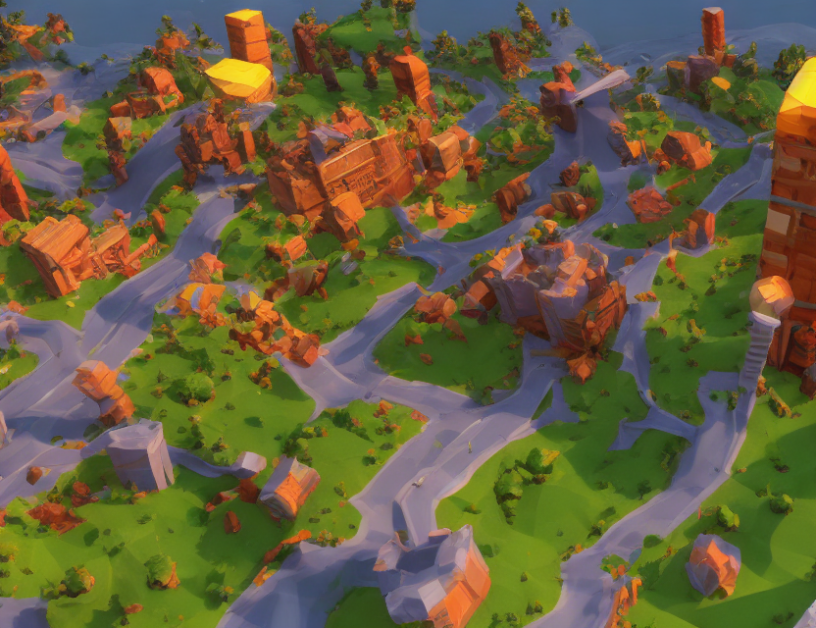At its core, score distillation is a method that utilizes large-scale text-guided 2D diffusion models to distill 3D objects in a per-instance optimization process. To understand how this works, let’s consider an analogy of a chef creating a dish. Just as a chef might use a recipe to guide them in preparing a meal, score distillation uses a text-guided 2D diffusion model to provide a "recipe" for generating a 3D object. However, unlike a traditional recipe, this "recipe" is flexible and can be adjusted to create unique and personalized 3D objects.
The Process of Score Distillation
So how does score distillation work in practice? The process involves rendering a 3D scene from different camera perspectives and providing these renderings as input to a 2D diffusion model. These renderings serve as "gradients" that help improve the realism of the 3D scene, much like how a chef might use seasoning to enhance the flavor of a dish. By iteratively refining the 3D scene through this process, score distillation can generate highly detailed and realistic 3D objects from textual descriptions.
Benefits and Applications
The ability to generate 3D content from textual descriptions has numerous applications in fields such as computer graphics, video games, and virtual reality. For instance, game developers could use score distillation to create immersive gaming environments with realistic characters and objects, while architects could use it to design and visualize buildings and structures. Additionally, score distillation can be used in the medical field to generate 3D models of organs or tissues for surgical planning and training.
Conclusion
In conclusion, score distillation is a powerful technique that enables the generation of highly realistic 3D content from textual descriptions. By leveraging large-scale text-guided 2D diffusion models, this method can produce detailed and personalized 3D objects with numerous applications in various fields. As the field of computer graphics continues to evolve, we can expect to see even more advanced techniques for generating 3D content from textual descriptions.



